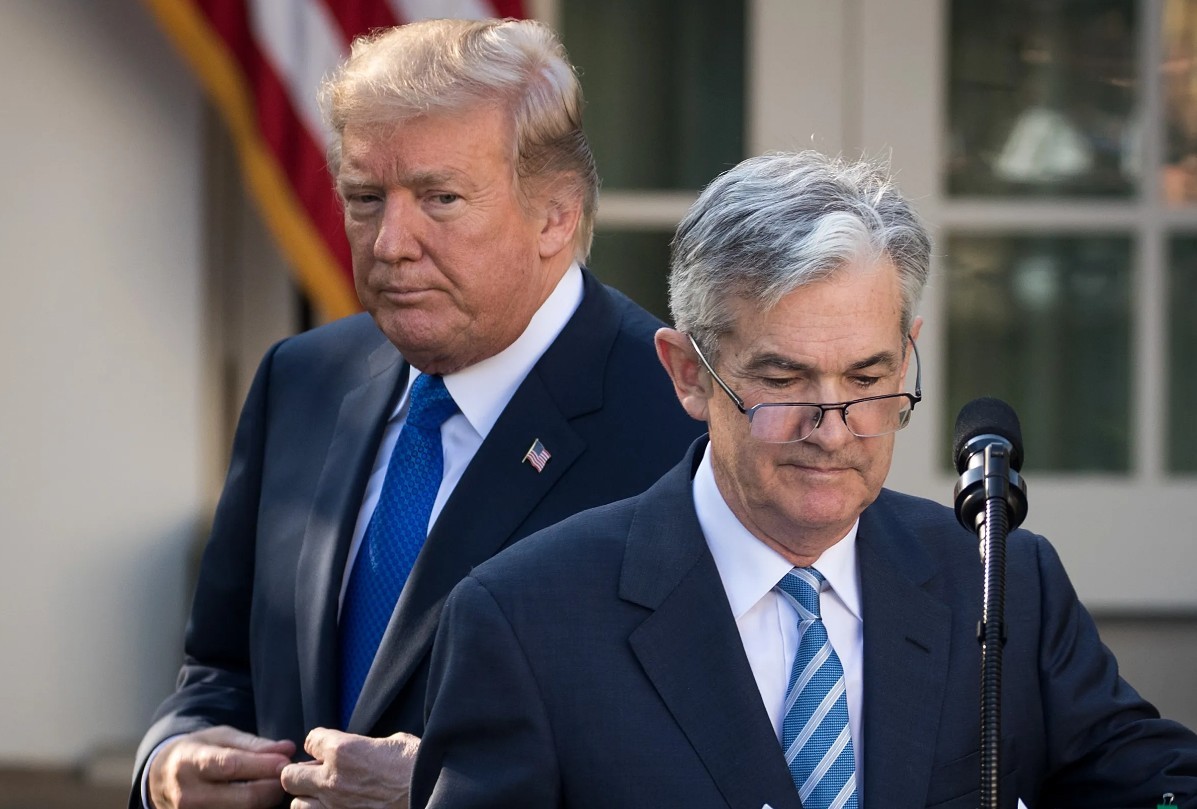CPI Preview: Tariffs Set to Show Broad Inflation Pressure, But Fed's Rate Cut Hinges on One Thing
The July CPI is set to be released today. Following the “fabricated” nonfarm payrolls scandal that rattled markets, investors’ main concern is whether this inflation report will also deliver surprises

The July CPI is set to be released today. Following the “fabricated” nonfarm payrolls scandal that rattled markets, investors’ main concern is whether this inflation report will also deliver surprises. It is already puzzling that inflation has come in at or below expectations for six consecutive months this year. Whether unreliable jobs data will spill over into inflation reporting remains uncertain. On the other hand, if inflation stays within a manageable range, the weakness in the labor market will likely force the Fed to cut rates. With three loyal Trump allies on the FOMC, Powell may have little choice but to follow the president’s lead. This CPI report carries exceptional significance.
Market forecasts call for July CPI to rise 2.8% year-over-year, up 1 percentage point from last month, and increase 0.2% month-over-month. The Fed’s preferred measure, core CPI (excluding food and energy), is expected to rise 3% YoY and 0.3% MoM.
“The July CPI will bring further signs of higher tariffs pushing up prices,” Wells Fargo economist Sarah House wrote. “It is still early in the price adjustment process to see how higher import taxes will ultimately be distributed between the end-customer, domestic sellers and foreign exporters.”
“We are tactically bullish as we see this week’s macro data (Retail Sales, CPI, PPI, Jobless Claims) remaining supportive of the bull case, with earnings likely to maintain their positive trend,” JPMorgan’s trading desk wrote.
“If the inflation increases are more gradual, then the market is likely to remain unbothered unless or until we get to a level that would make a rate hike a credible threat.”
JPMorgan noted that if core CPI rises less than 0.30% MoM (35% probability), the S&P 500 could gain at least 0.75%, with upside of up to 2%. If the increase is between 0.30% and 0.35% (35% probability), the S&P may trade in a range from flat to +0.75%. But if core CPI tops 0.40% (5% probability), the index could drop more than 2%.
Markets are already positioned for a September rate cut, awaiting confirmation from this CPI report. FedWatch data shows an 84% probability of a 25-basis-point cut at the September meeting, with a 16% chance of no change.
Category breakdown:
While tariffs are slowing economic growth and OPEC+ is boosting production, oil prices were volatile in July. According to EIA data, average U.S. retail gasoline prices fell 0.8% MoM in June to $3.25 per gallon, down 10% YoY. Highway diesel prices and jet fuel prices, however, rose 5% and 7% MoM, respectively.
Food prices, after accelerating by 0.3% MoM in June, will be closely watched. While the U.S. is largely self-sufficient in food production, it still imports significant quantities of fish, vegetables, fruit, coffee, and other goods. With the effective tariff rate on imported food now at 7% (vs. 2% a year ago), further pass-through to food prices is possible. This raises the question of whether the tariff-driven impact on goods inflation will be a one-off or a more prolonged process.
Energy and food will play a smaller role in this CPI reading, but tariff effects on core inflation will become more apparent.
Apparel is likely to face broader tariff impacts, as most garments are produced in China, Vietnam, Indonesia, and other countries, subject to tariffs ranging from 10% to 30%. This category swung from a 0.4% MoM decline to a 0.4% gain in June, suggesting further upward pressure this time.
Housing remains the key driver of inflation, with a weight of over one-third in CPI and the largest component of core CPI. Although less affected by tariffs, this category has posted MoM gains of at least 0.2% for the past seven months.
The national median rent for a one-bedroom apartment in July was $1,520, flat MoM, while the median for a two-bedroom unit was $1,905, down 0.3% MoM, according to rental platform Zumper. On a YoY basis, they fell 0.7% and 0.3%, respectively.
“Even with ongoing economic uncertainty, the U.S. rental market continues to demonstrate striking resilience,” said Zumper CEO Anthemos Georgiades. “While the national rent rates are slightly down from last year, that softness is misleading. In the context of a historic wave of new supply, the limited decline in rents is a strong indicator of how powerful renter demand remains.”
Overall, this CPI report will highlight the broader reach of tariff impacts — across energy, food, autos, apparel, and more. Consensus expectations suggest these effects will remain modest. If CPI stays in line with forecasts, a September rate cut will be nearly assured, signaling that tariffs are having only a limited effect on overall inflation — a scenario likely to boost risk appetite. Still, given that the BLS has already stumbled with the nonfarm payrolls data, there’s reason to remain alert for another surprise.
Disclaimer: The views in this article are from the original Creator and do not represent the views or position of Hawk Insight. The content of the article is for reference, communication and learning only, and does not constitute investment advice. If it involves copyright issues, please contact us for deletion.